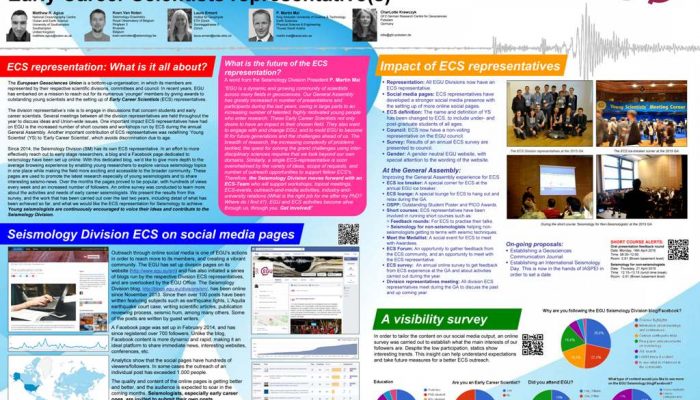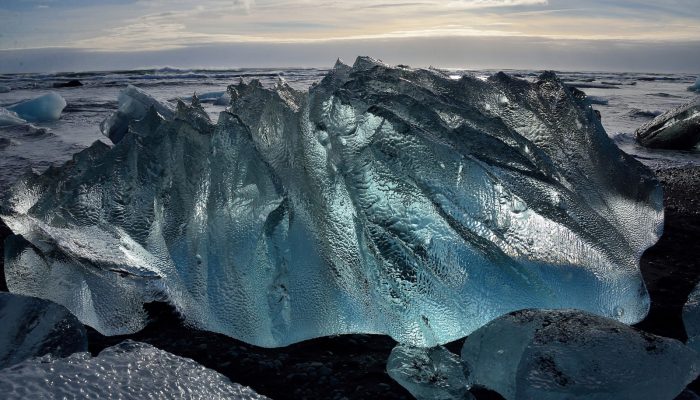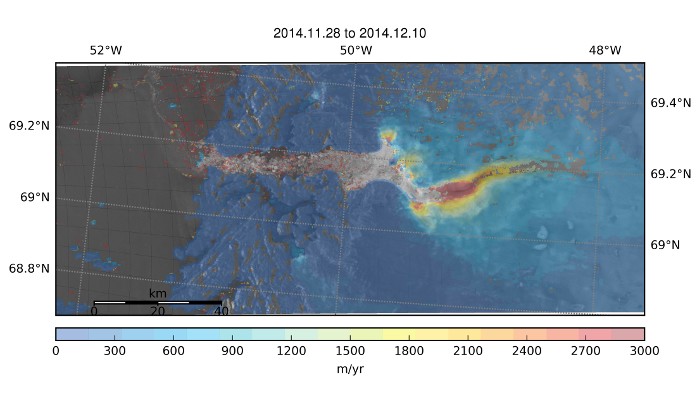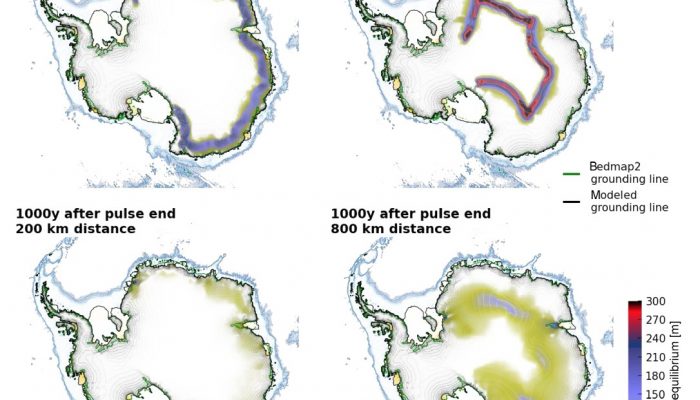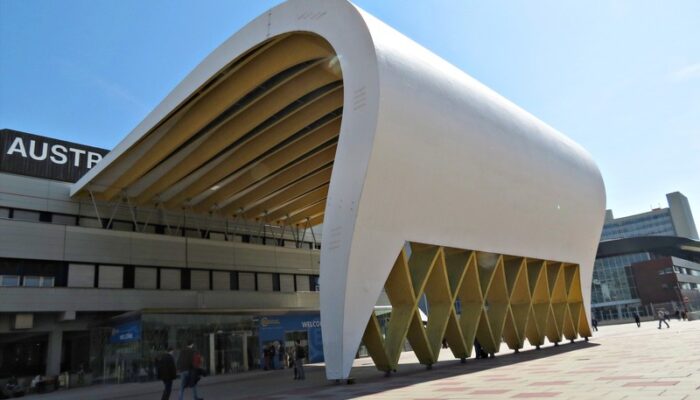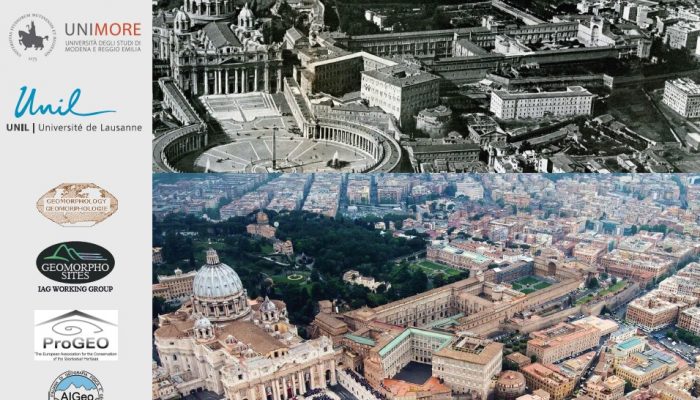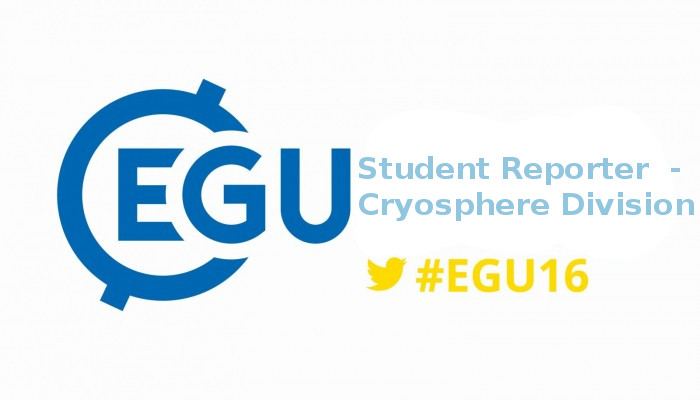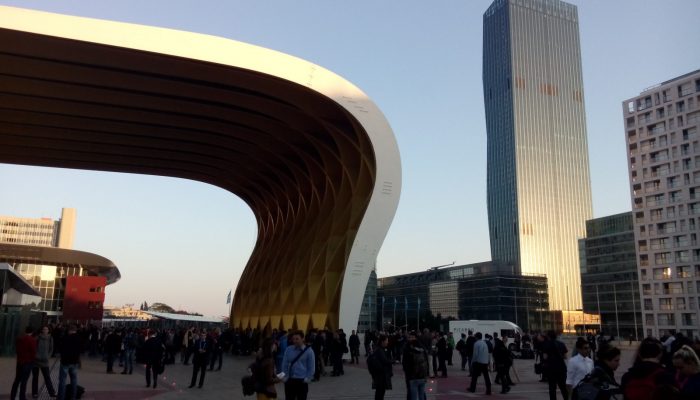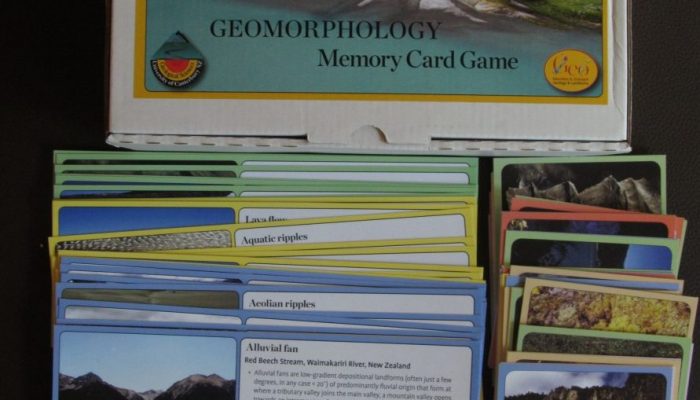In this blog post we highlight the work that has been done by the Early Career Scientists representatives of the Seismology Division in the last two years. In recent years the European Geosciences Union has embarked on a mission to reach out for its numerous ‘younger’ members by giving awards to outstanding young scientists and the setting up of Early Career Scientists (ECS) representatives. The ...[Read More]
Cryospheric Sciences
Image of the Week — Glowing Ice
Two weeks ago, the EGU General Assembly was coming to an end in Vienna. With over 16,500 participants, this year’s edition was bigger and more varied than ever (e.g check out this good overview of the science-policy short course, published 2 days ago on geolog). The week was particularly fruitful for the cryospheric sciences and to mark this we have cherry-picked one of the winning picture o ...[Read More]
Cryospheric Sciences
Careers at the European Space Agency – How and Why?
As the pace of modern life speeds up and job competition becomes even more fierce, it is good to have a focused plan of where you would like to be in the future. The European Space Agency (ESA) offers traineeships and research positions to young scientists on a regular basis. They may be a springboard into your chosen career path, but how do you go about bagging one of these valuable opportunities ...[Read More]
Cryospheric Sciences
Image of the Week – Storing water in Antarctica to delay sea-level rise
Sea level rise Sea-level rise is one of the main impacts of the current global warming and its rate has dramatically increased in the last decades (the current rate is about 3 mm per year). Even if greenhouse gas emissions were stopped today, sea level would continue to rise due to the slow Earth climate system response (IPCC, 2013, chap. 13). It is therefore a considerable threat for popul ...[Read More]
Seismology
EGU GA 2016 – You don’t get older, you get better!
This years general assembly is over and its buzz still ringing in my ears. Here are a few spotlight impressions fresh off my mind. In the coming days and weeks, the complete brand new ECS representative team will present itself on the blog, and we will update you in more detail about highlights and low points of the conference. SCIENCE! Do we have to mention it was amazing? Yes, I’ve heard people ...[Read More]
Geomorphology
International Workshop on Urban Geomorphological Heritage
University of Rome, 27-29 October 2016 Co-organised by the University of Rome La Sapienza (Roma 1), the University of Modena e Reggio Emilia and the University of Lausanne, under the auspices of the Working Group on Geomorphosites of International Association of Geomorphologists (IAG) and the Italian Association of Physical Geography and Geomorphology (AIGEO), this workshop aims at sharing researc ...[Read More]
Cryospheric Sciences
When Cryospheric Research Transforms Lives
My name is Kathi Unglert, and I’m reporting from the EGU 2016 General Assembly as part of the EGU student reporter programme. Below is my second contribution to the Cryosphere Blog – this time about how cryosphere research can have a real impact on people’s lives. Antoni Lewkowicz – he’s famous, according to a comment I overheard in Tuesday’s PICO session on applied geophysics in cryosphere ...[Read More]
Cryospheric Sciences
Image of The Week – EGU General Assembly 2016
The EGU General Assembly, which takes place each year in Vienna, Austria, draws to a close today. Attended by nearly 13,650 participants from 111 countries, with around a third of those being students – a great turn-out for this vital part of the early career scientists (ECS) community! It has been a very productive meeting for the cryosphere division with a huge number and variety of oral ...[Read More]
Energy, Resources and the Environment
Questions of Resource Sustainability in a World of Consumers
By Lindsey Higgins, PhD student at Stockholm University and the Bolin Centre for Climate Research *** In the Wednesday morning debate “Is global economic growth compatible with a habitable climate?” issues of sustainability in a consumptive world were tackled. The four panellists agreed that the goal set by the COP21 meeting in Paris of limiting temperature rise to 1.5°C is unrealistic. Historical ...[Read More]
Geomorphology
Unwind your EGU stress with a geomorphology memory game
Solmaz Mohadjer, PhD student at the University of Tübingen, found the perfect way to relax during a stressful day at EGU while refreshing your knowledge on landforms: A MEMORY card game. – written by Solmaz Mohadjer – Assessing rock surface hardness, dating lateral moraines, modelling future mass-balance changes of glaciers, and playing memory games with school children. Meet Dr. Stefa ...[Read More]

